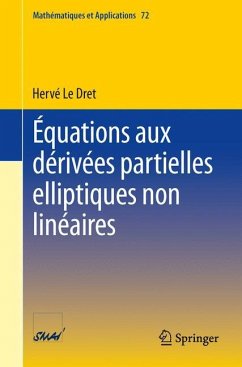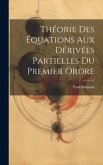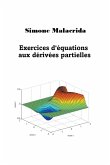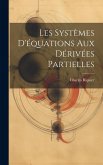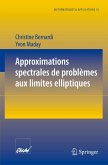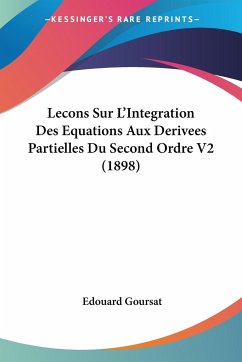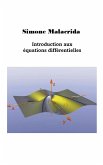Cet ouvrage est issu d'un cours de Master 2 enseigné à l'UPMC entre 2004 et 2007. Nous y présentons une sélection de techniques mathématiques orientées vers la résolution des équations aux dérivées partielles elliptiques semi-linéaires et quasi-linéaires. Après un vade-mecum d'analyse réelle et d'analyse fonctionnelle de base pour les EDP, sans démonstrations pour les points les plus connus, nous parcourons ainsi les théorèmes de point fixe classiques, les opérateurs de superposition dans les espaces de Lebesgue et de Sobolev, la méthode de Galerkin, les principes du maximum et la régularité elliptique, nous faisons une excursion assez longue dans divers aspects du calcul des variations puis terminons par les opérateurs monotones et pseudo-monotones. Tout ceci est agrémenté d'exemples et chaque chapitre est complété d'un nombre d'exercices qui croît essentiellement avec le numéro du chapitre, au fur et à mesure que de nouveaux matériaux sont présentés.
This book stems from lectures notes of a Master 2 class held at UPMC between 2004 and 2007. A selection of mathematical techniques geared towards the resolution of semilinear and quasilinear elliptic partial differential equations is presented. After a short survival guide in basic real and functional analysis for PDEs, without proofs for the most well-known results, we walk through the classical fixed point theorems, the superposition operators in Lebesgue and Sobolev spaces, the Galerkin method, the maximum principles and elliptic regularity, we make a rather long foray into various aspects of the calculus of variations, and conclude with monotone and pseudo-monotone operators, by way of numerous examples. Each chapter is complemented by a number of exercises that grows with the chapter number as more and more material is made available.
This book stems from lectures notes of a Master 2 class held at UPMC between 2004 and 2007. A selection of mathematical techniques geared towards the resolution of semilinear and quasilinear elliptic partial differential equations is presented. After a short survival guide in basic real and functional analysis for PDEs, without proofs for the most well-known results, we walk through the classical fixed point theorems, the superposition operators in Lebesgue and Sobolev spaces, the Galerkin method, the maximum principles and elliptic regularity, we make a rather long foray into various aspects of the calculus of variations, and conclude with monotone and pseudo-monotone operators, by way of numerous examples. Each chapter is complemented by a number of exercises that grows with the chapter number as more and more material is made available.
From the reviews:
"The subject of this textbook is related to the relationship between large classes (linear or nonlinear) of partial differential equations and the various phenomena described by them. ... This well-written book contains a large amount of material. It can be useful for graduate students and researchers interested in modern aspects of the calculus of variations with powerful applications to the qualitative analysis of partial differential equations." -- Vicen?iu D. R?dulescu, zbMATH, Vol. 1270, 2013
"The subject of this textbook is related to the relationship between large classes (linear or nonlinear) of partial differential equations and the various phenomena described by them. ... This well-written book contains a large amount of material. It can be useful for graduate students and researchers interested in modern aspects of the calculus of variations with powerful applications to the qualitative analysis of partial differential equations." -- Vicen?iu D. R?dulescu, zbMATH, Vol. 1270, 2013

